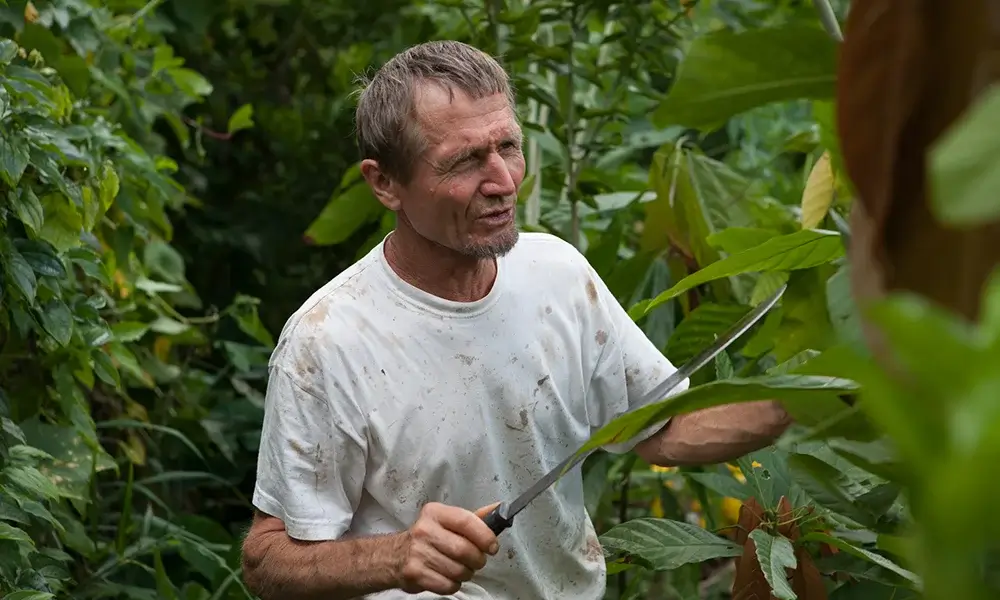Syntropic Farming in Indonesia:

Cultivating Abundance and Regeneration
eyesonindonesia
1. Introduction
Ernst Götsch’s revolutionary approach to agriculture, known as syntropic farming, has the potential to transform Indonesia’s agricultural landscape. By integrating principles from natural ecosystems, syntropic farming offers a sustainable and regenerative alternative. Let’s explore how this concept can be applied in Indonesia.
2. Understanding Syntropic Farming
Syntropic farming is not a one-size-fits-all solution; rather, it’s a mindset shift. Here are key principles:
- Complexifying Processes: Unlike conventional agriculture, which often simplifies ecosystems, syntropic farming embraces complexity. It mimics natural succession, where diverse species coexist and enhance each other’s growth.
- Biomass Accumulation: Götsch emphasizes the importance of biomass—both above and below ground. Trees, shrubs, and crops contribute organic matter, enriching the soil and promoting nutrient cycling.
- Dynamic Succession: Syntropic systems follow a dynamic succession, just like natural forests. Different plant species thrive at different stages, creating a resilient and productive ecosystem.
3. Implementing Syntropic Practices in Indonesia
a. Agroforestry Integration
Indonesia’s tropical climate is ideal for agroforestry. Farmers can integrate fruit trees, timber species, and vegetables in a layered system. For instance:
- Upper Canopy: Durian, mango, or avocado trees.
- Mid-Layer: Coffee, cacao, or banana plants.
- Ground Cover: Sweet potatoes, ginger, or leguminous crops.
b. Soil Regeneration Techniques
- Mulching: Use organic materials like leaves, straw, and pruned branches as mulch. This protects the soil, retains moisture, and encourages microbial activity.
- Cover Crops: Plant nitrogen-fixing cover crops to improve soil fertility and prevent erosion.
c. Water Management
- Swales and Contour Planting: Create swales (shallow ditches) along contours to capture rainwater. Plant trees and crops on the berms to prevent runoff.
d. Community Engagement
- Knowledge Sharing: Educate local farmers about syntropic practices. Establish demonstration plots to showcase the benefits.
- Cooperative Efforts: Encourage community-based syntropic projects, where farmers collaborate and learn together.
4. Outlook for Indonesia’s Agriculture
Syntropic farming offers Indonesia several advantages:
- Ecosystem Restoration: By restoring degraded lands, syntropic systems enhance biodiversity and sequester carbon.
- Resilience to Climate Change: Diverse ecosystems are more resilient to extreme weather events.
- Economic Viability: Syntropic farms yield valuable products while regenerating the environment.
In conclusion, Indonesia can embrace Ernst Götsch’s vision of abundance through syntropic farming. By nurturing the land, fostering cooperation, and celebrating diversity, we can create a greener and more prosperous future for generations to come. 🌿🌏
References:









